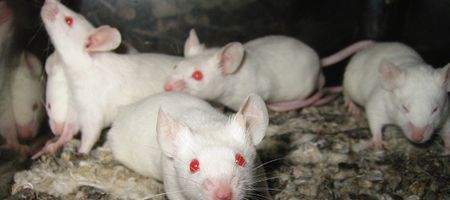Scientists say they’ve been able to control specific memories in mice in research that they hope could help treat diseases such as schizophrenia and post traumatic stress disorder.

It’s long been known that stimulating various regions of the brain can trigger behaviors and even memories – but understanding how these brain functions develop and occur normally has been much harder.
“The question we’re ultimately interested in is: How does the activity of the brain represent the world?” says Scripps Research neuroscientist Mark Mayford.
“Understanding all this will help us understand what goes wrong in situations where you have inappropriate perceptions. It can also tell us where the brain changes with learning.”
The team set out to manipulate specific memories by inserting two genes into mice.
One gene produces receptors that researchers can chemically trigger to activate a neuron, and the team tied this to a natural gene that turns on only in active neurons, such as those involved in a particular memory as it forms, or as the memory is recalled.
In other words, the researchers were able to install on-off switches for only the neurons involved in the formation of specific memories.
The team then triggered the ‘on’ switch in neurons that were active as mice were learning about a new environment, Box A, with distinct colors, smells and textures.
Next, the team placed the mice in a second distinct environment — Box B — after giving them the chemical that would turn on the neurons associated with the memory for Box A.
And they found that the mice behaved as if they were forming a sort of hybrid memory that was part Box A and part Box B. The chemical switch needed to be turned on while the mice were in Box B for them to demonstrate signs of recognition; neither being in Box B nor the chemical switch alone was enough to produce memory recall.
“We know from studies in both animals and humans that memories are not formed in isolation but are built up over years incorporating previously learned information,” says Mayford.
“This study suggests that one way the brain performs this feat is to use the activity pattern of nerve cells from old memories and merge this with the activity produced during a new learning session.”
The team’s now working toward more precise control that could allowmemories to be turned on and off at will so effectively that a mouse will perceive itself to be in Box A when it’s actually in Box B.






